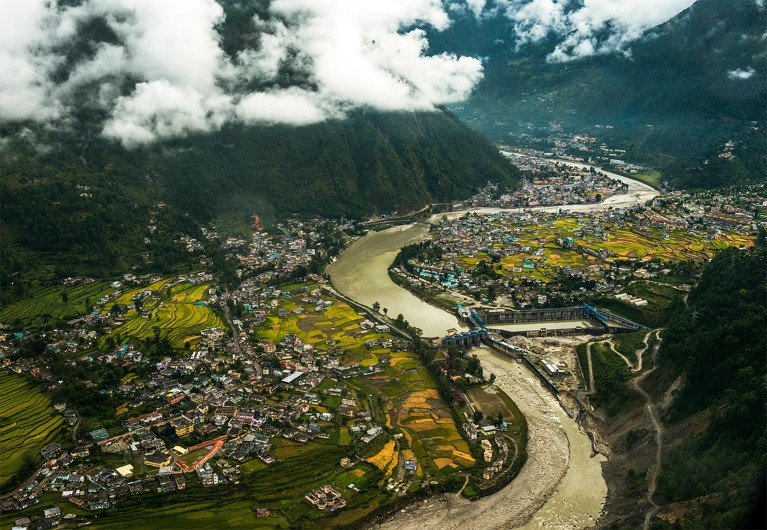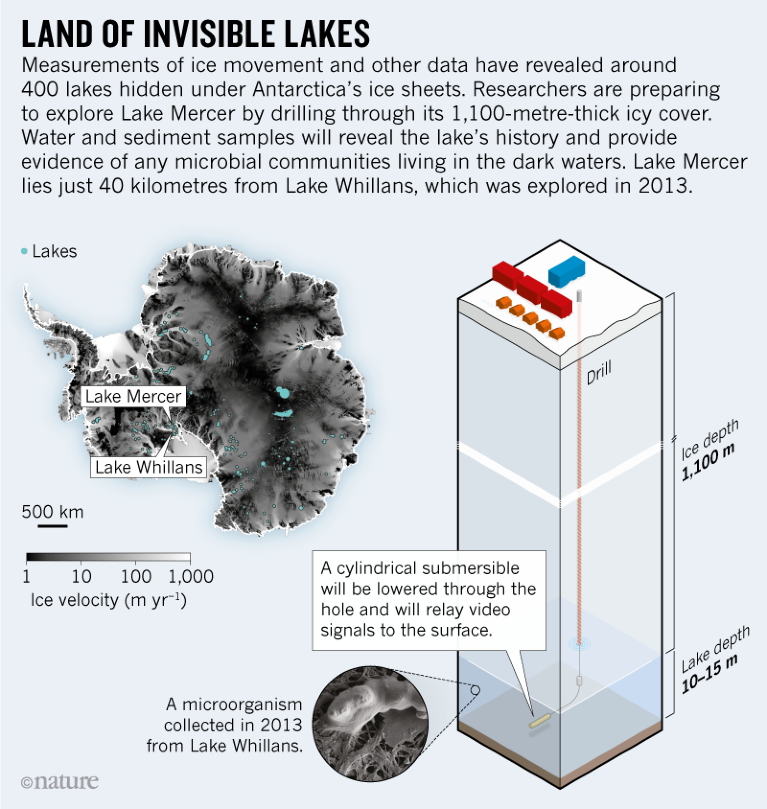Hello Nature readers, this is the news that matters in science today. You can also sign up to get it free in your inbox.

Thousands of brain samples were analysed for genetic links to mental illness.Credit: Volker Steger/Science Photo Library
‘Buried’ genetic networks linked to mental illness
The first findings from the most comprehensive genomic analysis ever undertaken of the human brain are revealing the roots of brain conditions such as schizophrenia and autism spectrum disorder. Among the discoveries are elements buried in the genome’s ‘dark matter’ — regions of DNA that do not code for proteins — that seem to regulate gene expression. “We’re not claiming in the remotest way to have figured out the underlying mechanism of these diseases, or how you would go about designing drugs, but we are highlighting genes, pathways and also cell types that are associated with these diseases,” says molecular biophysicist Mark Gerstein.
PI sent mercenaries to save her PhD student
A chemist and her university joined forces to rescue her doctoral student and his family from terrorists. In 2014, analytical chemist Charlotta Turner received a text from Yazidi PhD candidate Firas Jumaah, telling her that he might not be coming back to her lab — because he and his family were trapped by the Islamist terrorist group ISIS in Iraq. Lund University's then security chief Per Gustafson helped to arrange armed mercenaries to free Jumaah, his wife and two children.
China to hand out ‘social’ punishments for misconduct
Researchers in China could soon face the strictest penalties in the world for scientific misconduct. Errant scientists could be prevented from getting a bank loan, running a company or applying for a public-service job, on top of existing sanctions, such as losing grants and awards. The government policy, announced last month, is an extension of the country’s controversial ‘social-credit system’, in which failure to comply with the rules of one government agency can mean facing restrictions or penalties from other agencies.
NIH seeks to counter foreign influence
The US National Institutes of Health (NIH) is considering new restrictions on its grant-review process and is clarifying its funding-disclosure rules to prevent foreign governments from stealing intellectual property or influencing the results of research at US institutions. Internal investigations at the NIH have found such breaches among some of the researchers that it funds.
Clocks to hunt for dark-matter wrinkles
A global network of atomic clocks could be used to detect flaws in the fabric of space-time that could explain dark matter. If Earth passes through one of these ‘topological defects’, shifts in the clocks’ workings might indicate that dark matter is an artefact of space-time wrinkles that formed as the early Universe cooled.
Nature Research Highlights | 1 min read
Reference: Science Advances paper
Get more of Nature’s Research Highlights: short picks from the latest papers.
FEATURES & OPINION
Time to talk about embryo models
Scientific advances mean that it could soon be possible to develop stem cells into models that are almost indistinguishable from mouse embryos in the lab, say 12 researchers in the field. Studying mouse and human embryogenesis in the lab could lead to huge benefits — from new infertility treatments to new approaches for tackling developmental disorders — but it also raises profound ethical questions. It’s time for a major international discussion to help guide this research, argue the researchers.
BOOKS & ARTS

The Tehri Dam on the Bhagirathi River, a headstream of the Ganges, in India.Credit: Peter McBride/NGC/Alamy
India: A land of rivers and rain
A new tale of drought, flooding, famine, water management and mismanagement on the Indian subcontinent is a welcome contribution to environmentally informed histories, says reviewer Philip Ball, who has written his own study of water’s role in the history of China.
The art of performing science
Listen to surgeon Roger Kneebone and magician Will Houstoun chat about the intersections between performance art and science in this week’s Nature podcast. Also, discover how chemists have “done something that people couldn’t do before, and didn’t know was possible before”: a new method for making mirror-image ‘chiral’ molecules.
Nature Podcast | 24 min listen
Subscribe to the Nature Podcast on iTunes or Google Podcasts.
Five best science books this week
Barbara Kiser’s pick of the top five science books to read this week includes the Wright brothers’ real story, cosmic chronology, and what happened to the megafauna.
INFOGRAPHIC OF THE WEEK

Sources: Tristy Vick-Majors/SALSA; M. R. Siegfried & H. A. Fricker Ann. Glaciol. 59, 42–55 (2017).
In the next few weeks, researchers in Antarctica will drill through 1,100 metres of ice into a lake that has remained sealed for millennia (Nature | 10 min read)
SCIENTIFIC LIFE
Conferences boost authorship opportunities
A study that looked at a conference that had to be cancelled due to a hurricane confirms that scientists who travel to meetings are more likely to co-author papers than are those who stay at home. The work might help to justify travel expenses, but it’s bad news for people who can’t travel owing to reasons such as family responsibilities and visa restrictions.
International graduates shun the United States
The number of international students enrolling in US graduate programmes fell by 3.7% in 2017, compared with the previous year — only the second such decline since 2003. “This might become a trend if we continue to signal to the world that we are not as welcoming a place as we once were,” says Suzanne Ortega, president the US Council of Graduate Schools, which commissioned the report.
IMAGE OF THE WEEK

California’s worst wildfires, cloned monkey twins, the world’s smallest house and more are featured in the Nature picture editors’ picks for the best science photos of the year.
